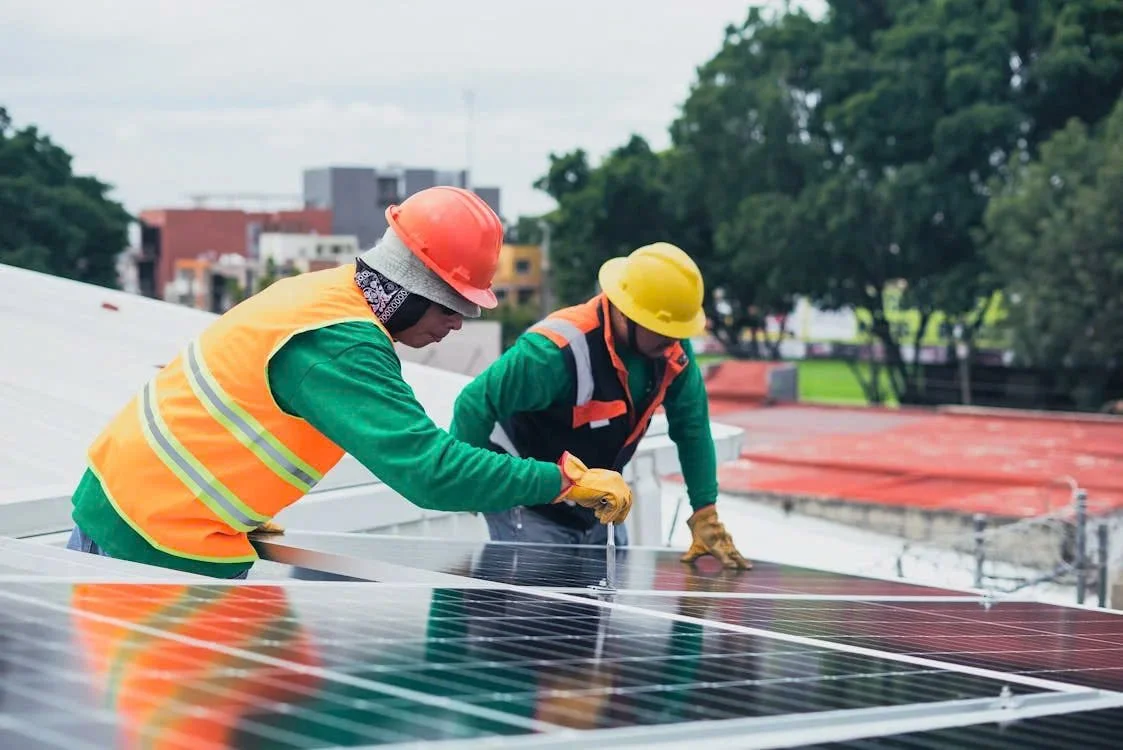Home Improvment
How Roof Design Impacts Home Energy Efficiency

Key Takeaways
- Roof design significantly affects a home’s energy efficiency.
- Materials, color, shape, and ventilation are crucial factors.
- Proper design can lead to substantial energy savings and environmental benefits.
Table of Contents
- Roof Materials and Energy Efficiency
- Color Choices and Heat Absorption
- Roof Shape and Thermal Performance
- Importance of Ventilation
- Innovative Roofing Technologies
- Environmental and Financial Benefits
- Conclusion
When homeowners seek to improve their energy usage and lower utility costs, one often overlooked element is roof design. Every feature of your roof, from the materials chosen to the pitch and ventilation, directly influences your home’s capacity to retain or shed heat. Not only do these elements impact daily comfort, but selecting the right strategies can contribute to significant long-term savings and environmental stewardship. If you are in the process of building or renovating, consulting a professional like a Littleton roofing contractor can provide guidance tailored to your specific climate and home design, ensuring optimal results.
As energy costs continue to rise, understanding the nuances of roof design becomes increasingly essential. Characteristics such as color, shape, the latest technology, and ventilation all combine to determine not only your home’s aesthetic but also its efficiency and overall environmental impact. Making informed choices can reduce reliance on heating and cooling systems, supporting a more sustainable lifestyle.
Roof Materials and Energy Efficiency
One of the most important determinations you will make about your home’s energy profile is the type of material used for roofing. Metal roofing systems, for instance, are renowned for their high reflectivity and emissivity, which means they can push away a substantial portion of the sun’s rays and quickly release any trapped heat. This inherent property helps to keep attic temperatures lower and reduces cooling demands on your home’s HVAC system. Additionally, new materials like cool roof coatings and advanced composite shingles are now available, offering even greater efficiency and improved durability for homeowners across various climates. According to the U.S. Department of Energy, cool roofs can reduce energy bills by up to 15% in warm regions.
Color Choices and Heat Absorption
After material selection, the color of the roof is a significant factor impacting how much heat is absorbed or reflected. Light-colored roofs, including white, beige, or lighter greys, reflect more sunlight, helping homes stay cooler in hot climates. Dark-colored shingles, on the other hand, tend to absorb more heat, making them a better choice for areas with long, cold winters. Selecting the right color, aligned with your regional climate, can lead to more comfortable living conditions year-round while keeping energy costs in check. Guidance from the Environmental Protection Agency shows that reflective, light-colored roofs can make a tangible difference in urban areas, especially where heat island effects are pronounced.
Roof Shape and Thermal Performance
Architectural design, specifically the pitch and shape of your roof, holds a direct relationship with energy performance. Steeper roofs promote better attic ventilation, allowing hot air to escape and reducing thermal buildup under the roof deck. These designs are advantageous in snowy or rainy regions, as they naturally encourage the shedding of moisture, which limits ice damming and related losses. Meanwhile, homes with low-pitch or flat roofs require specialized insulation and waterproofing to prevent both heat gain in summer and heat loss in winter. For houses with low-profile roofs, energy efficiency is best achieved through a combination of thick insulation, multi-layer waterproofing, and, in some cases, the installation of roof membranes designed to resist heat absorption.
Importance of Ventilation
Effective ventilation is non-negotiable for a truly energy-efficient home. Without proper airflow, attics can trap humid, hot air in the summer and accumulate moisture during winter, quickly taxing HVAC systems. Practical solutions include the installation of ridge vents, soffit vents, and gable vents, all of which work together to keep air moving freely and maintain stable temperatures. Efficient ventilation not only stabilizes indoor conditions but can also extend the lifespan of your roofing materials, thereby minimizing common issues such as mold, mildew, and wood rot.

Innovative Roofing Technologies
Modern roofing goes far beyond basic structures and materials. Green roofs, which utilize layers of growing medium and vegetation, are increasingly being adopted for their insulation properties, stormwater absorption capabilities, and ability to reduce urban temperatures. These living rooftops act as a barrier to both cold and heat, providing substantial relief to building interiors. Moreover, technological advancements are making the integration of solar panels into roof systems easier than ever before, allowing homes to generate renewable energy and become more self-sufficient while substantially offsetting utility costs.
Environmental and Financial Benefits
Investing in a thoughtfully designed, energy-efficient roof yields benefits on multiple fronts. Financially, the reduction in heating and cooling costs can result in utility bill savings of between 7% and 15%, depending on the climate and roofing strategies employed. Environmentally, these roofs curb fossil fuel use and help mitigate greenhouse gas emissions—a step toward climate resilience for communities. Over time, energy-efficient roofing typically pays for itself, making it a smart investment for both budget-conscious and sustainability-minded homeowners.
Conclusion
In conclusion, the influence of roof design on home energy efficiency cannot be overstated. From the core materials and color to advanced architectural approaches and up-to-date technologies, every feature impacts energy performance, comfort, and cost-effectiveness. Homeowners are encouraged to partner with experienced professionals to identify the optimal combination of materials and features for their specific environment, ensuring a comfortable and energy-efficient home for years to come.
